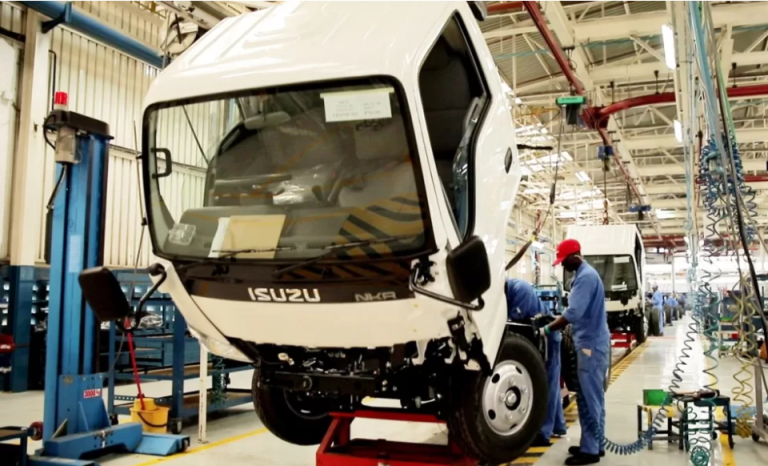DEALERS of new vehicles have continued to record good business with nine-month to September sales growing 24 per cent, where a total of 10,101 units were sold.
This is compared to the 8,165 units sold in the same period last year, when low uptake by government and reduced spending on the back of economic challenges slowed down activities in key sectors of the economy.
Latest industry numbers by the Kenya Motor Industry Association (KMIA) shows the 11 dealers in the country, who also serve regional markets, have had a good run so far this year, pegged on low interest rates and strong economic activities in areas such as transport, agriculture, manufacturing and construction.
New units sold in September alone were 1,184 compared to 1,010 same month last year, with this year’s monthly sales averaging above the 1,000 mark.
Trucks were the most sold vehicles (4,113) units, reflecting sustained activities in key sectors of the economy mainly transport and construction amid low borrowing costs in the wake of back-to-back base lending rates cut by the Central Bank of Kenya.
The regulator has made eight straight cuts on its base-lending rates from 13 per cent in June last year to the current 9.25 per cent, a move that has also seen some lenders reduce loan costs for individuals and enterprises.
The recently released GDP data for the second quarter of 2025 by the Kenya National Bureau of Statistics showed continued resilience of the economy, with real GDP growing by five per cent compared to 4.6 per cent in the second quarter of 2024.
“This reflected a rebound in activity in the industrial sector, stable growth of the agriculture sector, and resilience of key service sectors particularly transport and storage, finance and insurance, information and communication, and wholesale and retail trade,” CBK Kamau Thugge said in the latest Monetary Policy Committee communiqué.
Leading indicators of economic activity point to improved performance in the third quarter of 2025.
Other key sales were pick-ups where dealers sold 2,358 units and medium buses (21-40 seats) whose sale was 857 units, reflecting strong activities in the transport sector mainly matatu industry.\Large buses sold during the period were 213.
Isuzu retained its market dominance during the nine months selling 4,830 units, which is 48 per cent of the total industry sales. CFAO Motors was second with 3,268 (32%) with Simba Corporation coming a distant third with 881 unit sales.
According to Isuzu East Africa managing director Rita Kavashe, stable interest rates in the market has helped drive sales as businesses access cheaper credit.
“Construction projects are creating demand for sand and building materials,” she noted, reflecting the high sale of trucks.
The ratio of gross non-performing loans (NPLs) to gross loans was 17.1 per cent in September 2025 down from 17.6 per cent in June, CBK data shows.
Decreases in NPLs were noted in the building and construction, real estate, tourism, restaurant and hotels and trade sectors.
The growth of the economy is expected to pick up to 5.2 per cent in 2025 and 5.5 per cent in 2026, supported by continued resilience of key service sectors and agriculture and continued recovery of the industry sector.
This outlook is however subject to risks, including the elevated trade policy uncertainties and geopolitical tensions.
by MARTIN MWITA


